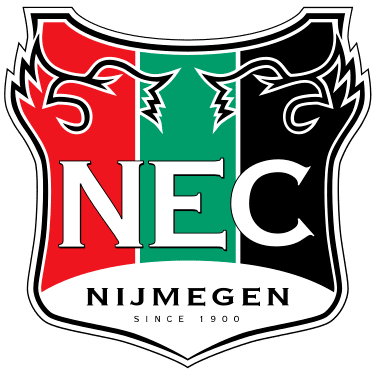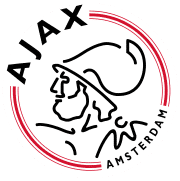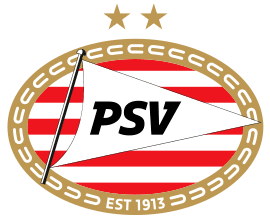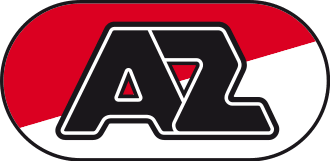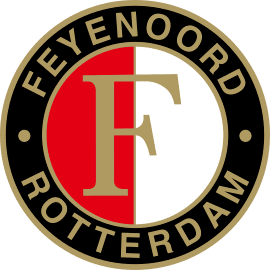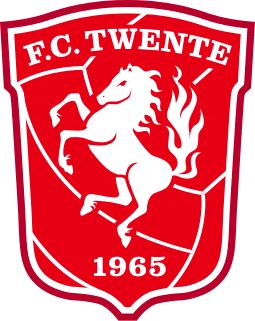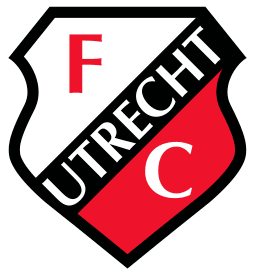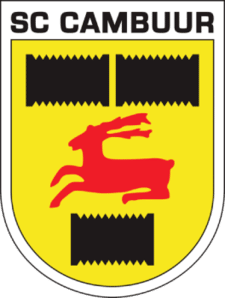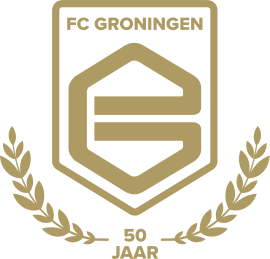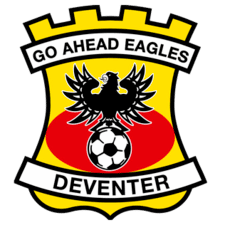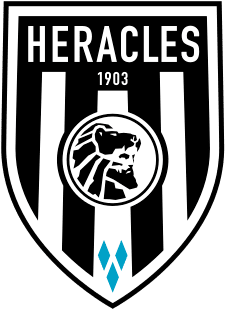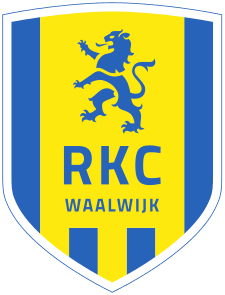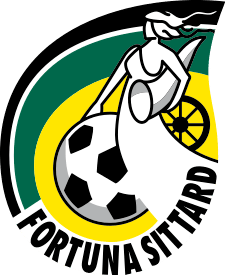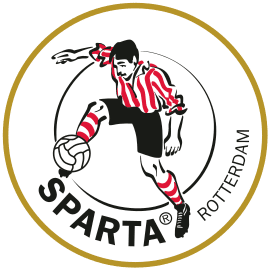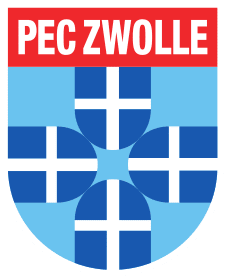NEC Nijmegen Tryouts & Club Guide: History, Stadium, Players, and More!

Welcome!
Discover the world of soccer with fcscout.com, your go-to scout for club tryout information, club guides, player profiles, in-depth product reviews, and more. We’re dedicated to exploring and revealing the best in each domain, empowering you with knowledge to make informed choices.
Thank you for being here!
Hi, I’m Carlos! A coach, sports enthusiast, and the founder of FCScout.com.
I fell in love with the game at a very young age like many of you. I’ve been following and playing soccer for many years.
Throughout my career, I always enjoyed helping soccer players chase their dreams, which is why I started this website. I wanted to reach a larger audience outside of my local area and fcscout.com was born.
This website is a platform I will be using to update club pages on any tryouts, stadiums, players, tech, and more from clubs around the world. I also create free recruitment profiles for players looking to have that extra competitive edge when reaching out to clubs.
That’s it. That’s my pitch for you to stick around (or browse the site as you please).
This is already too much text for a “see more” drop-down button thing. If you want to reach out to me, head on over to my contact page 🙂

NEC Nijmegen, commonly NEC is a professional Dutch association football club based in Nijmegen, in the province of Gelderland. The club currently competes in the Eredivisie, the top tier of Dutch football.
NEC Nijmegen Academy Youth Development System
NEC’s football academy is divided into pre- and professional training. The preliminary training consists of the under 10, under 11 and under 12 team. The professional academy has the following teams: under-13, under-14, under-15, under-16, under-17, under-18 and under-21.

These teams train and play their home matches at the Eendracht. The preparatory teams train twice a week in 150-minute sessions, which take place in the evenings. The professional training trains four to seven times a week during the day, with training sessions lasting 90 to 120 minutes per session.
In addition to football training, there is also strength training and mental training, partly separate and partly integrated into football training. Video analysis is also an important part of the development. From the under 13, the players can view the images of the recorded matches at home.
In the professional education, training during the day goes hand in hand with going to school, which means that the training sessions and the school schedule are linked to each other. If lessons are missed, they will be made up at another time and the players will receive homework guidance from NEC.
NEC Nijmegen Academy Vision
The HSF – NEC Football Academy is there to train players for the first teams of NEC and Top Oss. This with a pedagogical climate as a basis for developing strong personalities and good football players.
Within the football training, the person, the child is central and more in particular the personality development that is necessary for and must go hand in hand with the football development of the player. The players will mainly develop in an environment of trust. This requires a team with a safe top sports climate and a relationship of trust between player and trainer.

However, high demands are made on the effort and intensity of training and playing. Players are challenged to continuously push the limits of their abilities, but also to step outside their comfort zone in order to push their limits and thus become better. Ultimately it is important that they learn to do this on their own in order to fight for their dream. Dealing with adversity and resistance is a necessary part of this.
Independence and taking responsibility are aspects that are crucial in both general and sports education. Taking responsibility (learning to) for your own development is therefore central to the football academy. This means that after the requirements have been made clear, space must also be given to enable independence.
Parents play an important supporting and stimulating role in trust, pushing boundaries, dealing with resistance and in giving space for independence. Good cooperation between parents and club will best lead to optimal results.
NEC Nijmegen Partner Clubs
As a professional football organization in our region, we believe that every boy and girl playing football has the right to good guidance, we feel a responsibility to help clubs in the region with this. By sharing knowledge, we will support amateur associations in developing their players and trainers and pursuing their ambitions. Just like within the Football Academy, the individual is central to the collaboration. By structurally sharing knowledge with each other, we are building a bright future together!
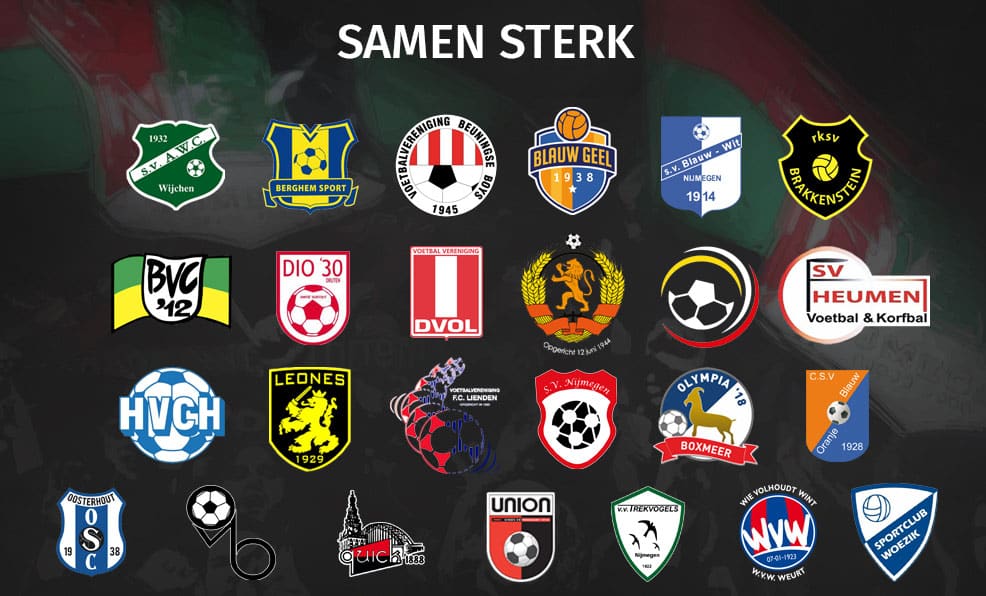
NEC Nijmegen Recruitment Trials
At the time of this writing, there is no official publishing’s on NEC Nijmegen trials. Please come back at a later date while we monitor this club or click here to visit their official news section. Additionally, explore NEC Nijmegen Academy social media accounts below:
EXPLORE MORE CLUBS!
Explore more professional clubs by continent.
NEC Nijmegen History
Eendracht, the oldest surviving part of NEC Nijmegen, was established on November 15, 1900 by three men: August Lodenstijn, Antoon Kuypers, and Wouter de Lent. They were representing the people from the benedenstad (lower town), who, due to their working class status, were unable to play for Quick 1888, the major club in the city.
Due to a lack of financial resources, Eendracht first competed in only friendly matches against clubs from other sections of the city until 1903, which was the year that the Nijmegen municipal league was established. Eendracht was the first team to win the championship in Gelderland and was consequently elevated to the regional league.
After two years in the regional league, the club was then elevated to the second tier of Dutch football. In April of 1910, Eendracht joined with NVV Nijmegen, which was a club that had been established two years previously by former members of Quick 1888. The new club was given the name Nijmegen Eendracht Combinatie, and it played its debut match against an Amsterdam team called DEC, which resulted in a scoreless draw.
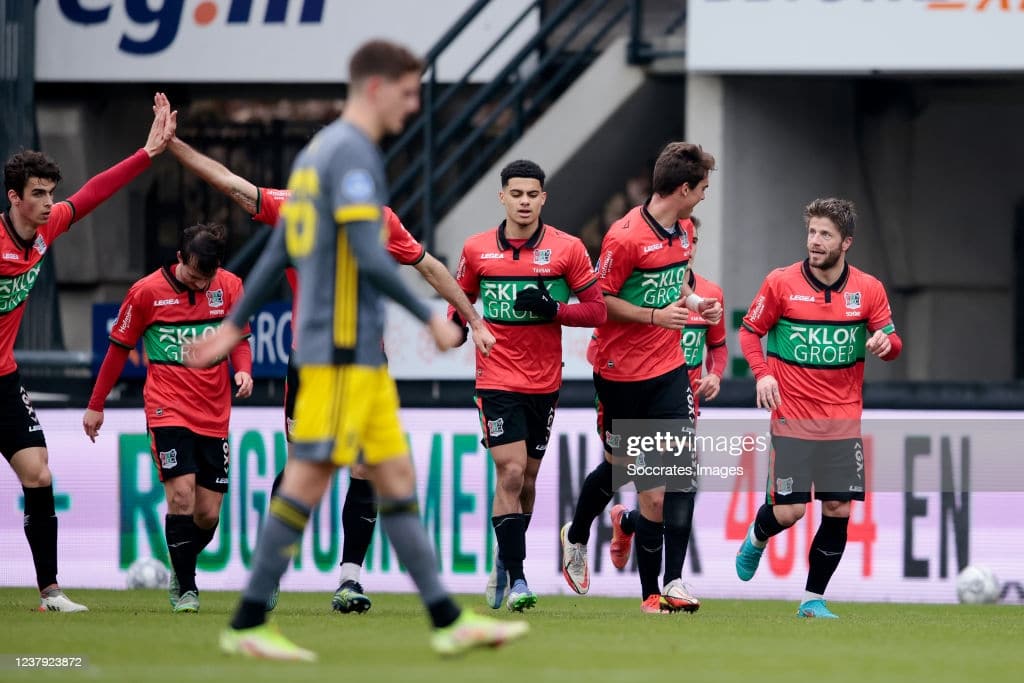
The 29th of May, 2003 was a momentous occasion for NEC. NEC ended in fifth place in the Eredivisie thanks to a late goal by Jaromr Imr against RKC Waalwijk. NEC qualified for the UEFA Cup by finishing in a position that allowed them to do so for the very first time in the club’s history.
This resulted in scenes that had never been seen before, with ecstatic spectators storming the field. The city center witnessed scenes quite similar to those outside with around 25,000 people rejoicing. Despite a dismal first half of the 2007–08 Eredivisie season, during which the club finished in 17th position, NEC once again qualified for European competition. This accomplishment came about as a result of the club’s performance in the second half of the season. Nevertheless, there was a dramatic about-face in the situation.
NEC showed substantial improvement in their play beginning in January, ultimately finishing in eighth place in the league. This place guaranteed that they would compete in the UEFA Cup play-offs, which they ultimately triumphed in by claiming victories over Roda JC, Groningen, and NAC Breda. The turnaround for NEC culminated in a 6–0 home victory over NAC Breda, which was the climax of the team’s turnaround on the way to regaining European qualifying. NEC went on to win 31 consecutive matches without suffering a loss.
After the preliminary rounds of the UEFA Cup, the year was even more successful than it had been previously. In the first round, the team won both of their matches against Dinamo București and advanced. NEC advanced to the group stage with a draw in Romania following a win at home by a score of 1-0. They were then pitted against Tottenham Hotspur, Udinese, Spartak Moscow, and Dinamo Zagreb in the subsequent round of the tournament.
They got off to a shaky start, suffering losses to Dinamo Zagreb and Tottenham Hotspur, which put them in last place in their group and brought them dangerously close to elimination from the competition. After defeating Spartak Moscow in Russia by a score of 2–1, with a goal from Lasse Schone, NEC played their final game in Nijmegen against Udinese. NEC needed to win and then pray that the other outcomes went their way in order to move on. At the break, Tottenham was playing from a position of disadvantage, while NEC was tied 0–0. In spite of this, Tottenham struck twice in the 74th minute to eventually tie 2–2 with Spartak.
Meanwhile, goals from Collins John and Jhon van Beukering gave NEC a 2-0 victory, and they advanced to the knockout stage. NEC was given a matchup against Hamburger SV, a team from the Bundesliga, in the round of 32 of the UEFA Cup. The streak was broken when Germany triumphed with victories of 3-0 and 1-0 in Nijmegen and Hamburg respectively. Franz Beckenbauer subsequently praised the NEC supporters in Europe, saying that he had never seen such incredible enthusiasm from an opposing team’s fans and that he had never seen anything like it. Alireza Jahanbakhsh’s two goals were the difference in NEC’s ability to avoid going down automatically at the end of the 2013–14 season.
The match took place in Amsterdam on the final matchday, and the score was 2–2. However, in the subsequent relegation play-offs, NEC was defeated by Sparta Rotterdam, who finished 16th in the Eerste Divisie, by a score of 4–1 on aggregate. As a result, NEC was demoted to the second tier of Dutch football, putting an end to a 20-year reign in the top flight.
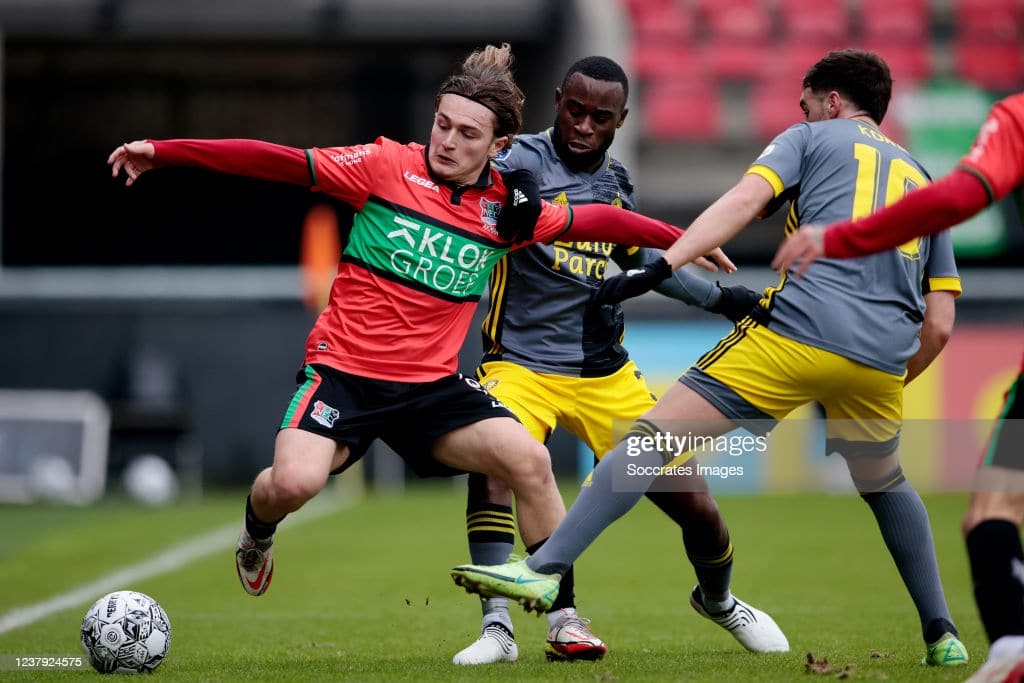
However, they were successful in their comeback attempt on the very first try following their victory over Sparta by a score of 1-0 on April 3, 2015, which allowed them to capture the Eerste Divisie title with six games yet to play. After two years in the Eredivisie, NEC faced the prospect of relegation once again on May 28, 2017, after suffering a loss on the aggregate score of 5–1 to NAC Breda.
They were defeated by FC Emmen and RKC Waalwijk in the semi-finals of the promotion play-offs in both the 2017–18 and 2018–19 seasons, despite having made it to the play-offs in each of those seasons. The club finished in eighth place, which would have granted them a place in the play-offs, but due to the ongoing COVID-19 pandemic in the Netherlands, there was no promotion or relegation between the Eredivisie and the Eerste Divisie.
For the 2019–20 season, the club took the usual step of appointing three head coaches: Adrie Bogers, Rogier Meijer and Francois Gesthuizen. Following the club’s victory over NAC Breda 2–1 in the championship game of the promotion/relegation play-offs in May 2021, the club was promoted to the Eredivisie for the second time in its history.
NEC Nijmegen Stadium
The early years of the NEC saw the club compete on a number of different fields located throughout the city, the most notable of which was the Hazenkampseweg. The Goffertstadion, which serves as the club’s current stadium, was inaugurated in 1939 by Prince Bernhard of the Netherlands.
During the period in which forced labor was in effect, many of the city’s unemployed had worked on its construction. After Ajax’s Olympic Stadium and Rotterdam’s De Kuip, it had the third biggest capacity of any stadium in the Netherlands when it was finally finished.
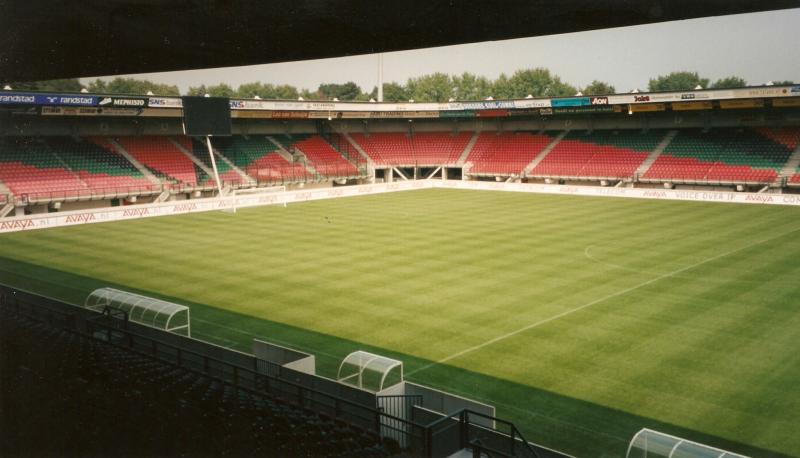
The Gofferstadion was a project that was undertaken by the municipal council; but, once it was finished, the two local teams, Quick 1888 and NEC, refused to play there. Both of these clubs already have their own stadiums, and they did not wish to pay rent to De Goffert.
As a result, the first game did not take place until the year 1942, well after NEC’s home stadium had been severely destroyed during the Second World War, and the club had already relocated permanently to the Goffert. In 1992, the club paid the town council a symbolic amount of one guilder in order to purchase the stadium from them. The stadium was restored in the late 1990s, and its capacity was extended to 12,500 at the time of the opening match, which was a friendly match between NEC and RSC Anderlecht.
The home team won the match by a score of 3-1. After a match between NEC and rivals Vitesse on October 17, 2021, a portion of the stadium collapsed, leading to the game’s cancellation. There were no people who suffered major injuries.
